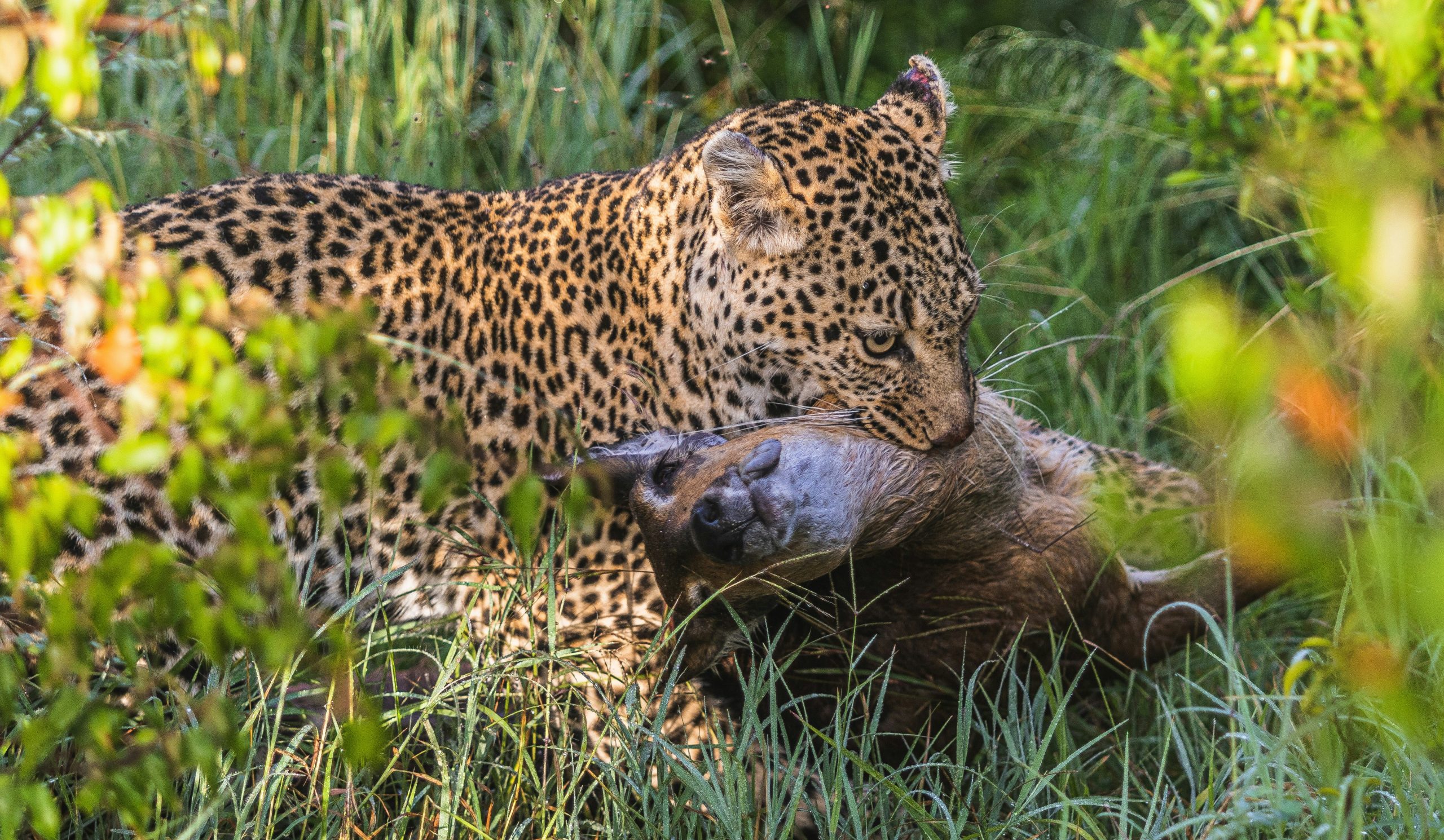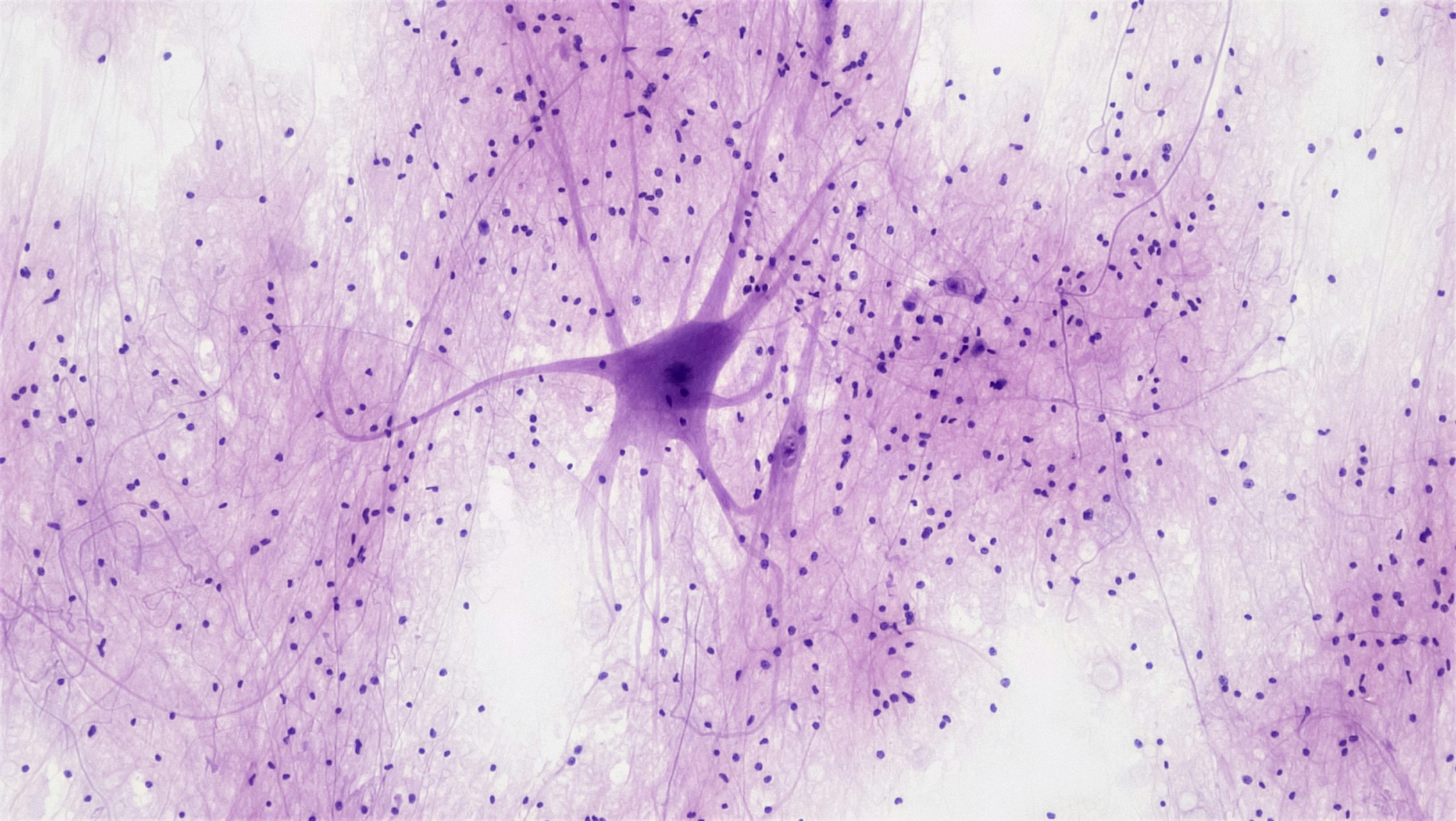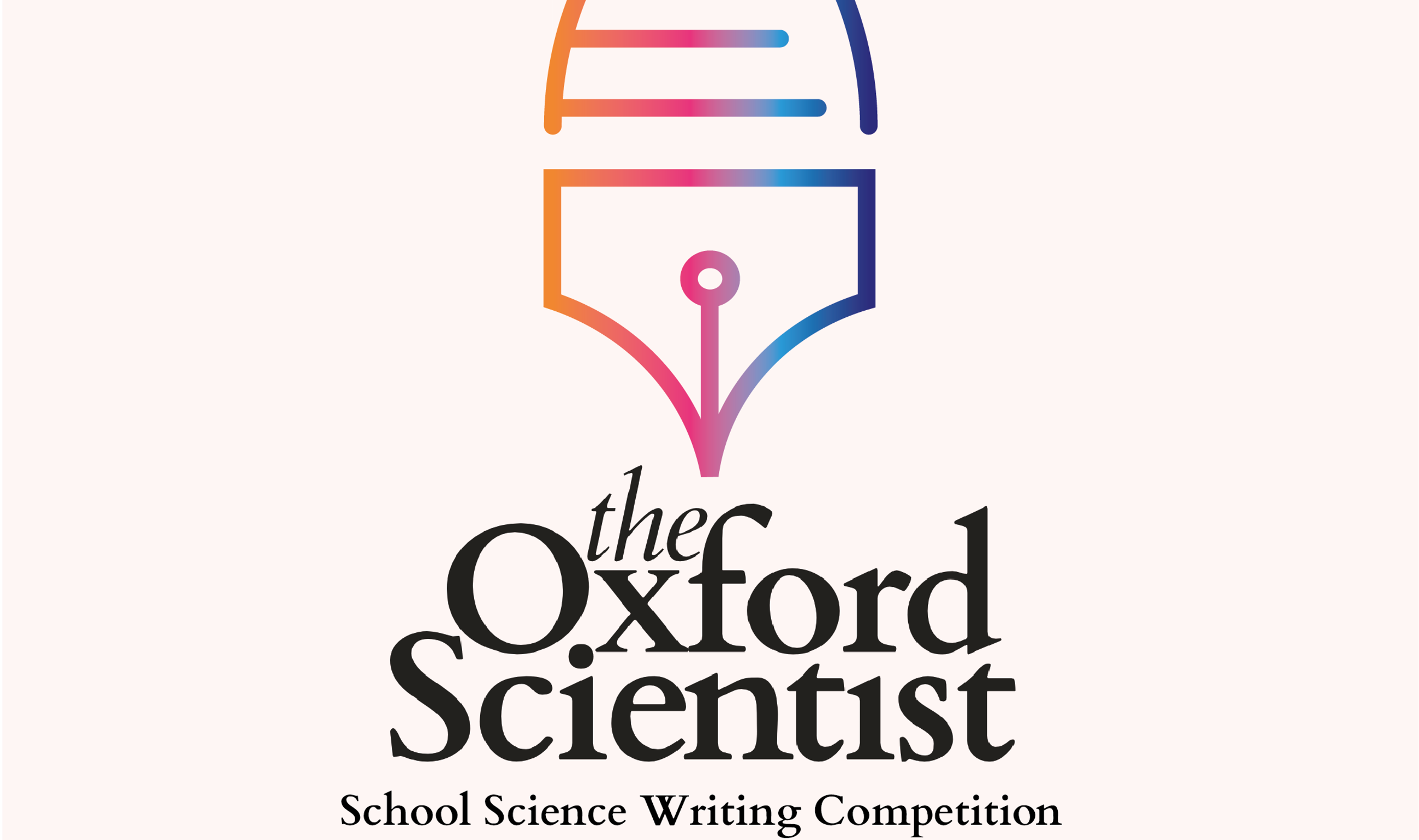Sophie Beck, Year 12, James Allen’s Girls’ School
Creativity lies at the core of science and yet it may not be the first word that comes to mind when science is mentioned. Science is precise and logically progressive, involving meticulous observations, often tested with diligent repetitions, but it starts with an original idea and a hypothesis to test. Serendipitous discoveries require curiosity to follow a different trail, but it takes creativity to work out what has happened, creativity to redesign, and creativity to make the discovery. Imagination and innovation are key to creativity and without it, science would not have developed into such a broad and crucial field.
Gregor Mendel creatively investigated inherited traits, a subject many refused to accept due to no knowledge of chromosomes. Instead of the experiment many would carry out now, he grew pea plants, identifying characteristic features in them to observe flower colour, pea texture and hue. When the proportions of these characteristics changed in subsequent generations, he determined that they are passed down as dominant and recessive traits from the parent plants, not developed in life. A seemingly simple idea now, but Mendel had to simplify a complex problem using creative ideas to prove his theory.
A creative imagination can lead to far more complicated concepts. Einstein employed creative thinking in most of his discoveries. When exploring complex quantum physics, experiments cannot be so easily carried out, especially with the equipment available in the early 1900s. Einstein used his imagination to conceptualise his experiments, encapsulating them as ‘thought experiments’. In one of these, he imagined a clock which measured time using light bouncing off the walls a known distance apart. The light clock was then placed on a moving train with an observer in the train and another stood still on the platform. To the observer on the train the light would continue to bounce up and down between the walls. However, to the stationary observer on the platform it will follow a path which when mapped out forms a series of triangles. If this was true it would mean that light can exceed its maximum speed. But the speed of light is constant and so instead time must be minimally different and to the stationary observer, each tick of the clock takes longer. Furthermore, everything in the train would have contracted in the direction of motion to the stationary observer but would appear unchanged to the observer inside the train. And so, in his thought experiment, space and time are observed in different ways for the two observers but these ways are relative to each other. Einstein’s theory of relativity was formed through imagination and lateral thinking.
And yet sometimes it is the combination of creative thinking and practical creativity that allows a scientific leap forward. When Kroto and Smalley used a cluster beam to try and explain carbon chain formation in stars it produced two critical results. One, the expected carbon chain, but the other was a new pure carbon molecule, carbon-60, a highly stable and easy to form molecule which had previously eluded scientists. Furthermore, it was unusually inert, appearing to have no ‘dangling reactive bonds’. The team had to employ their lateral thinking and creativity to work out its structure. To find inspiration they looked at monolayers, tubes, and geodesic domes. This inspired a spherical design of hexagons. Smalley turned to the basics; paper, scissors and glue. He cut hexagons and tried to arrange them into the sphere, but even when forcibly bending them, they wouldn’t close. Having been reminded of a stardome roof, he incorporated pentagons and, without forcing, a perfect sphere formed. The structure of the inert Buckminsterfullerene, a molecule now studied as early as GCSE, had been found with nothing more than creativity, paper, scissors and glue. Even Crick and Watson, when interpreting the x-ray crystallography of DNA, resorted to sticks and balls to work out the structure of the DNA double helix.
When creative hypothesis becomes proven reality such as the existence of Higgs’ boson experimentally proven in the Hadron collider, scientific creative thinking reaps its rewards. Creativity is the seedling of innovative science. Its importance is recognised and respected by all scientists. To quote Einstein ‘imagination is more important than knowledge’.
Runner-up for the Schools Science Writing Competition, Hilary Term, 2021
Image credit: Aron Visuals via Unsplash





